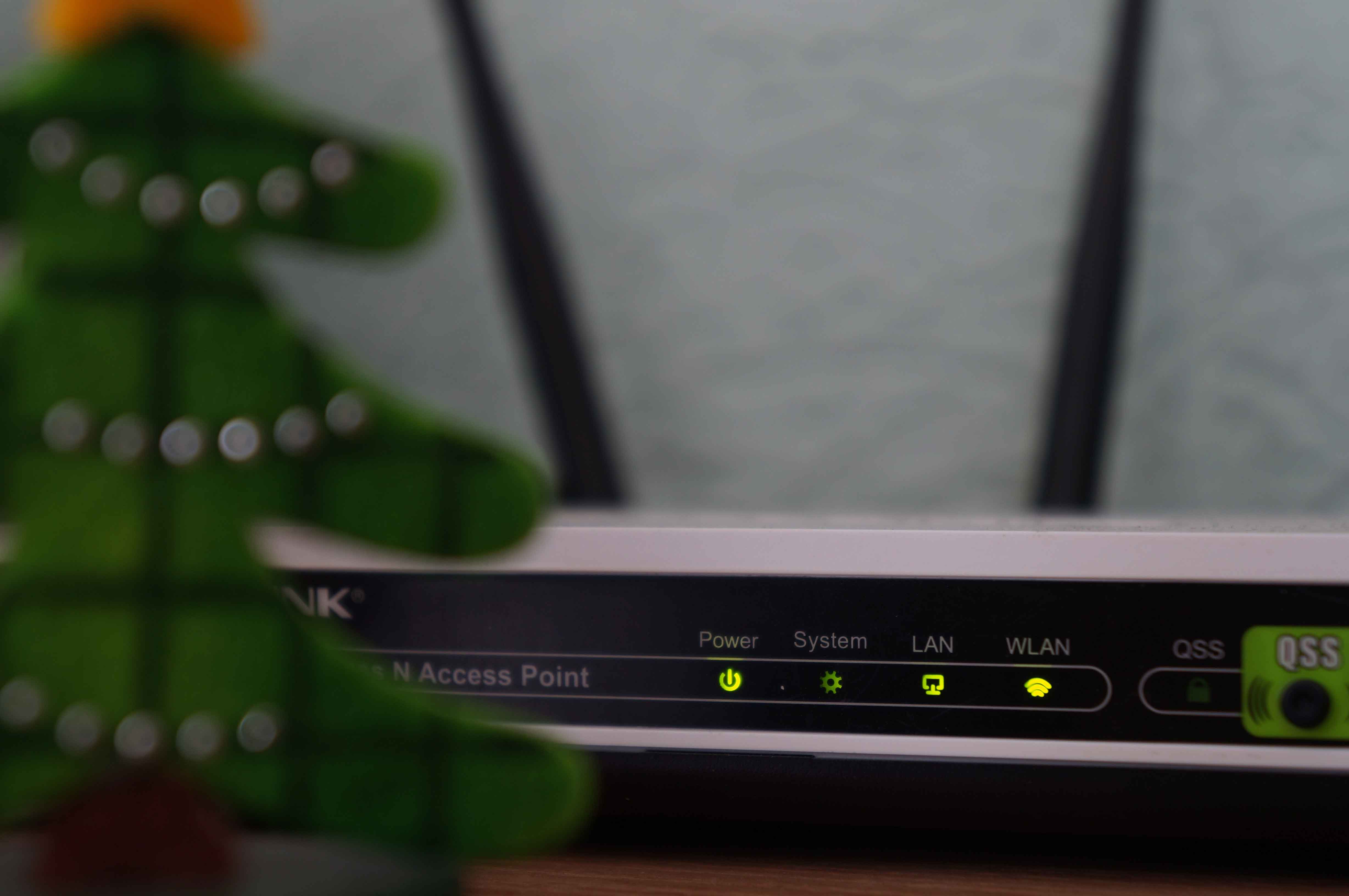Wired and Wireless and Fiber Optic Connection
Extend networks to and from all parties and end users to access the sources of the facility effectively and practically and avoid collisions within the network and the correct connectivity is unique to each user. The extensions depend on the type of network used, which determines the method of networking between users, whether wireless, wireless or fiber optic.
Types of networking

Wireless Secured Connectivity
Wireless connectivity is the right choice for open spaces and for connecting the end-user to the network, especially to the public who do not follow a particular domain or division
Wired Connectivity
The wired connection depends on how the connection, location, degree of protection and noise at all stages and extension of the wire and the network divisions used in the single enterprise. The type of thread, its own class and the manufactured company are all important factors in the bonding process.


Fiber Optic Connectivity
Fiber Optics is the fastest and most powerful natural carrier in all types of connectivity and has the advantages of fast interconnection between network devices.
Test The Network
The network testing process is a basic process that occurs during and at the end of the interconnection stage between the network devices and the associated points.





